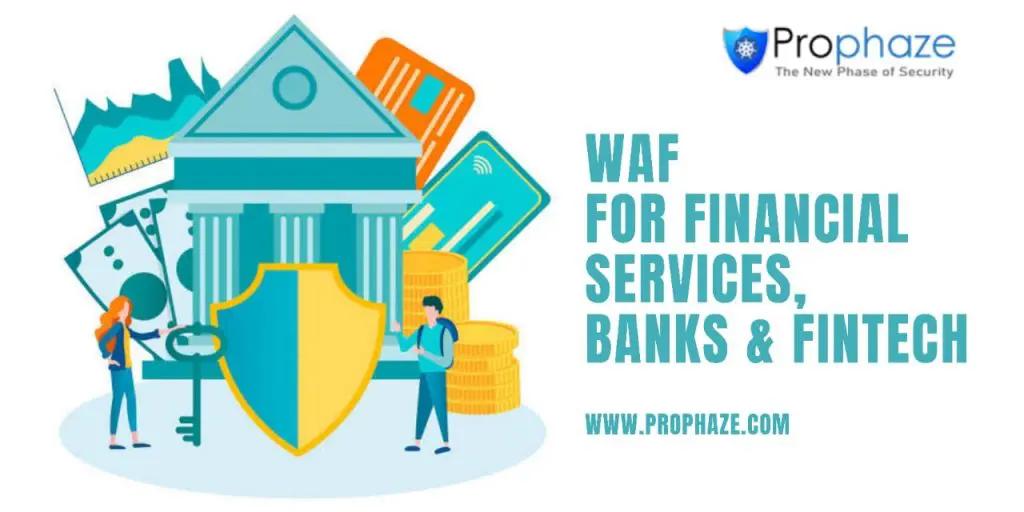In a time of rising cyber threats, a WAF for financial services and fintech projects is essential for ensuring that critical operations can continue uninterrupted. The sensitive nature of the industry and the amount of private data handled by fintech projects make them a prime target for attackers. This article explores the importance of adopting a WAF for these organizations. It also discusses how the platform can help you identify and prevent attacks.
A Near to Foolproof Security Solution
The WAF is a type of security solution that secures web applications by monitoring client-server interaction during HTTP packet processing. The WAF uses predefined rules to detect and block unauthorized access or activity. Along with WAF, you can even opt for a data storage device with primary functioning dedicated to performing cryptographic operations and storing digital keys. By deploying such a system, the risk of unauthorized modification of data is reduced to zero. Furthermore, this technology protects against dishonest employees and external attackers.
Fintech-oriented WAF is designed to protect online banking data from attacks, DDoS, site scraping, and fraud. It also helps protect privileged accounts from cyber-attacks. The Privileged Access Security Solution protects financial institutions against breaches and unauthorized access of their passwords, SSH keys, and other sensitive data. This solution is a cost-effective way to ensure the security of online financial institutions. It also manages user authentication to provide a high level of security and privacy.
There are several options when deploying a WAF. The method chosen will depend on how the applications are deployed, the services required, and the management and architecture flexibility. Some WAFs are cloud-based, while others are on-premises. Consider your specific needs before selecting a WAF for financial services and fintech. This will ensure that your application and data are safe. If you’re considering using a WAF for your business, consider the following considerations.
Cloud-Based and On-Premise WAF
Depending on your application needs and the type of services you need, your WAF can be cloud-based or on-premises. Your organization’s environment will determine which method is right for you. If you need both, consider choosing a hybrid solution. There are many advantages to both cloud-based and on-premises WAFs.
- Cloud-Based WAF
With a cloud-based WAF, a financial service provider can scale their security without having to worry about hardware, software, or other maintenance. A cloud-based firewall maintains reliability, velocity, and security while maintaining cost efficiency and agility. The security features included with a WAF can help a bank meet regulatory requirements while ensuring compliance. Moreover, with a WAF, a financial service provider can be confident that their data is protected from cyberattacks.
- On-Premise WAF
If your business relies on web applications to process payments, financial services, or other fintech-related data, you should consider deploying an on-premise WAF. These solutions are often more complex and require additional hardware. They can also support a hybrid cloud-based deployment, which is a popular option for smaller businesses.
Endnotes
Using a WAF for financial services and fintech is crucial for any organization. A WAF for financial services and fintech is an effective, affordable, and comprehensive security solution for your applications. The cost of a WAF will depend on its functionality, and you should choose one that offers a variety of features. It is imperative to note that a WAF is only as good as the security of your applications.












